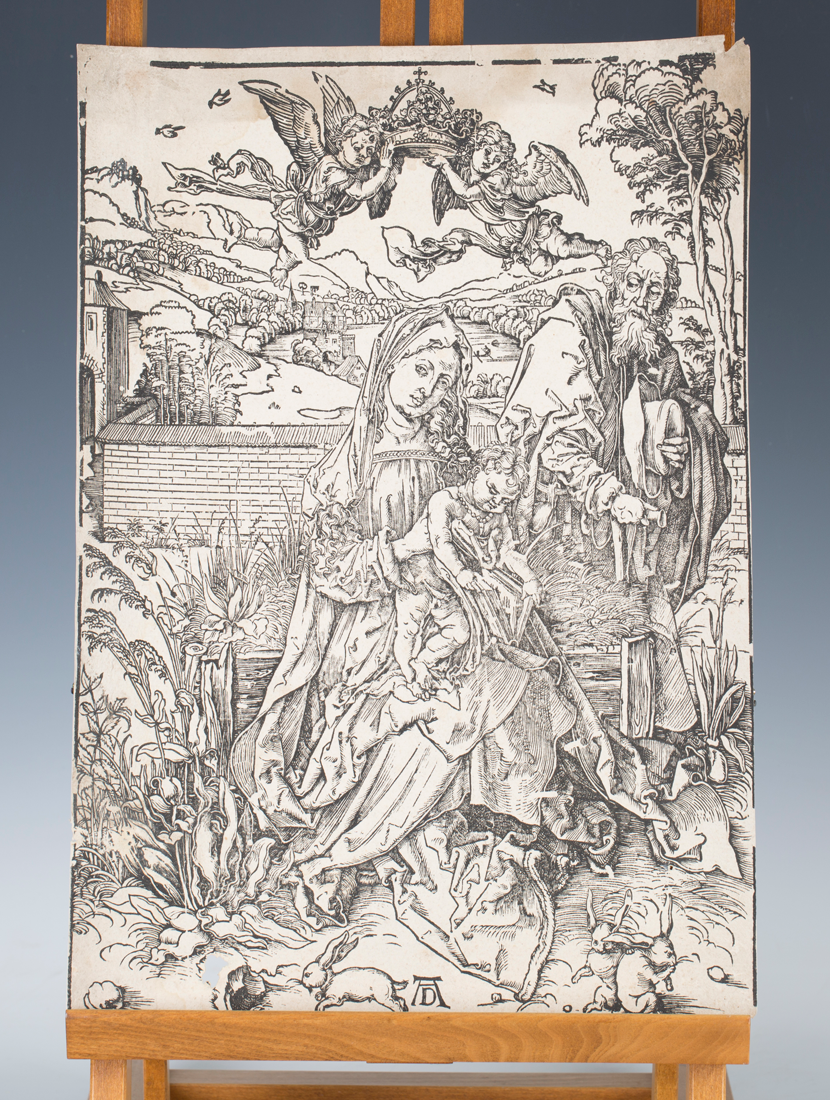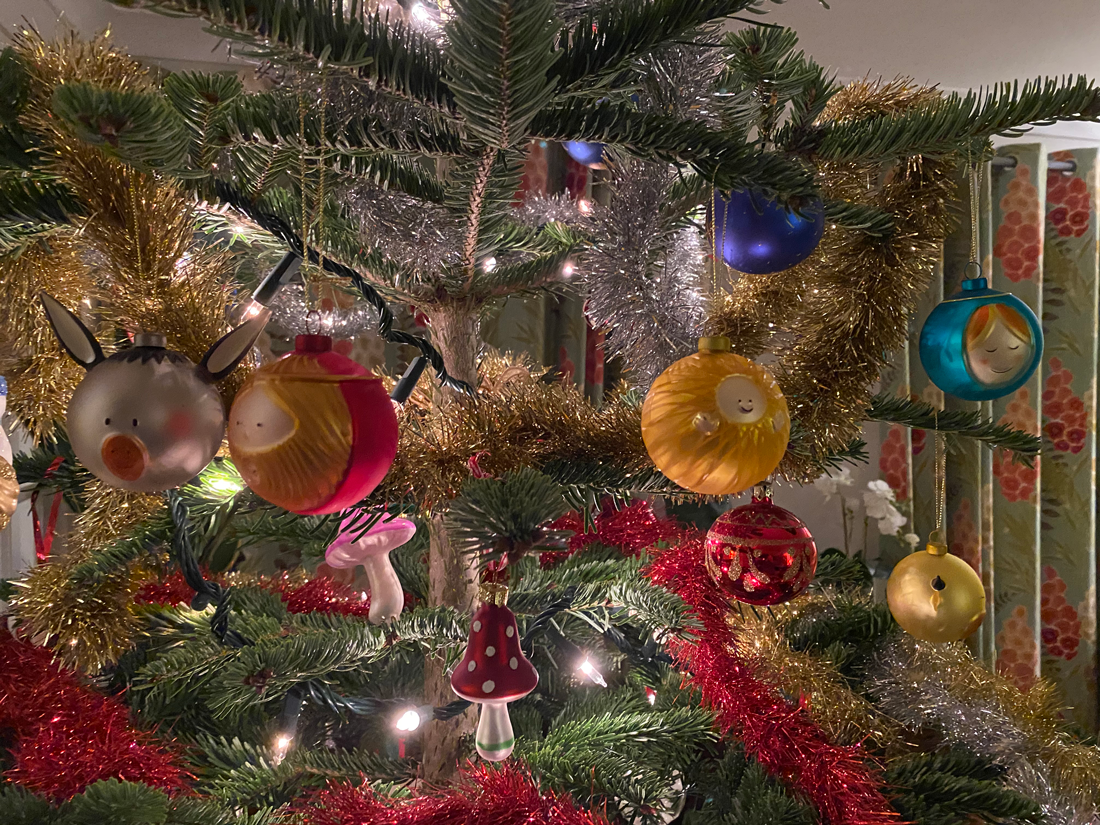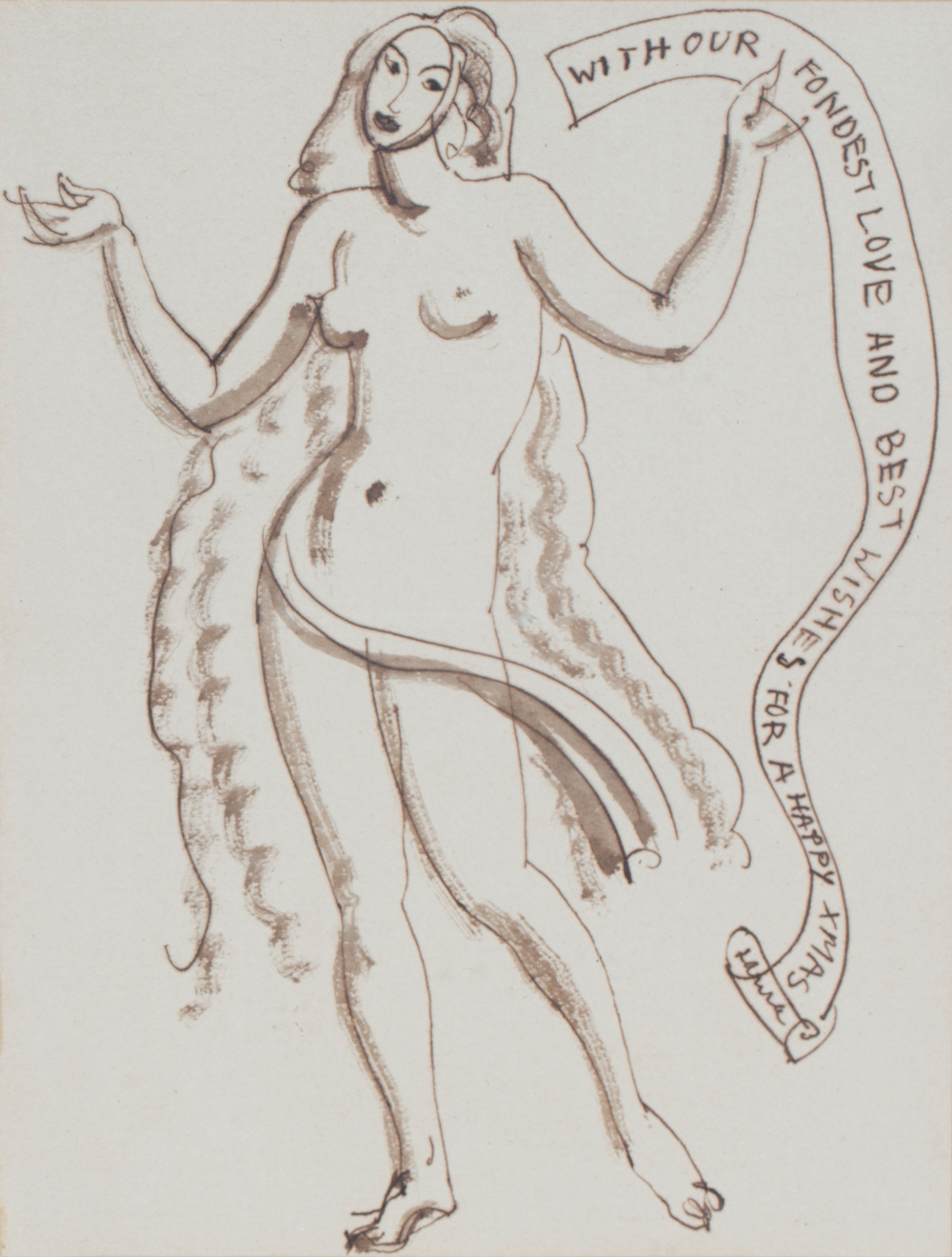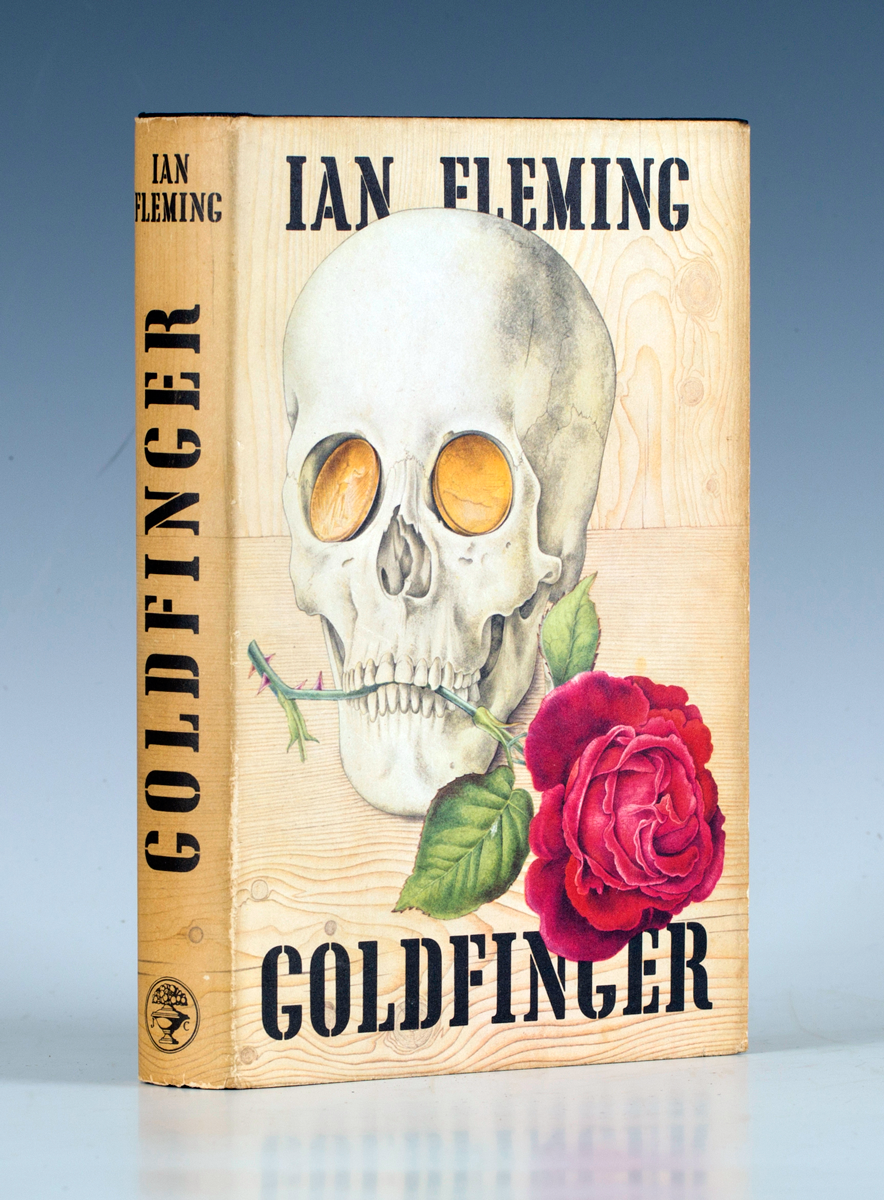
This year the Royal British legion celebrated its 100th Anniversary with a ceremonial Torch which passed through Sussex. Their work supporting the men and women of our armed forces and their families reminds us of the courage, duty and sacrifice of successive generations united by their common story in the defence of righteousness.
In the face of a global pandemic the men and women of our NHS reminded us that these qualities are still at the heart of our nation. The extraordinary, evolving and continuing program of vaccination has been filled with hope and blessed so many of us.
Our shared experience of Covid-19 continues to renew our common story. A story of joys and sorrows. There seems to be a weariness amongst people and yet I continue to be humbled by the resilience and generosity of spirit I encounter particularly towards those in need. In the face of adversity and separation from loved ones there has been a sense of genuine care for others across our communities.
A nation is defined by its history, heritage and the arts. This year has once again brought huge challenges to this important aspect of our lives.
David Beevers curated A Prince’s Treasure, an exhibition of international importance at Brighton’s Royal Pavilion.
It showcases a spectacular loan of some 120 decorative works of art from Her Majesty The Queen; pieces that were originally commissioned by the Prince Regent for the Royal Pavilion. It provides a once in a lifetime opportunity for visitors to see these objects of unparalleled magnificence in their original setting. The Pavilion’s exotic, regal interiors come alive in the company of the pieces commissioned for them and further our understanding of the future George IV’s influence and tastes. But be quick this once in a lifetime exhibition closes on the 9th January 2022.
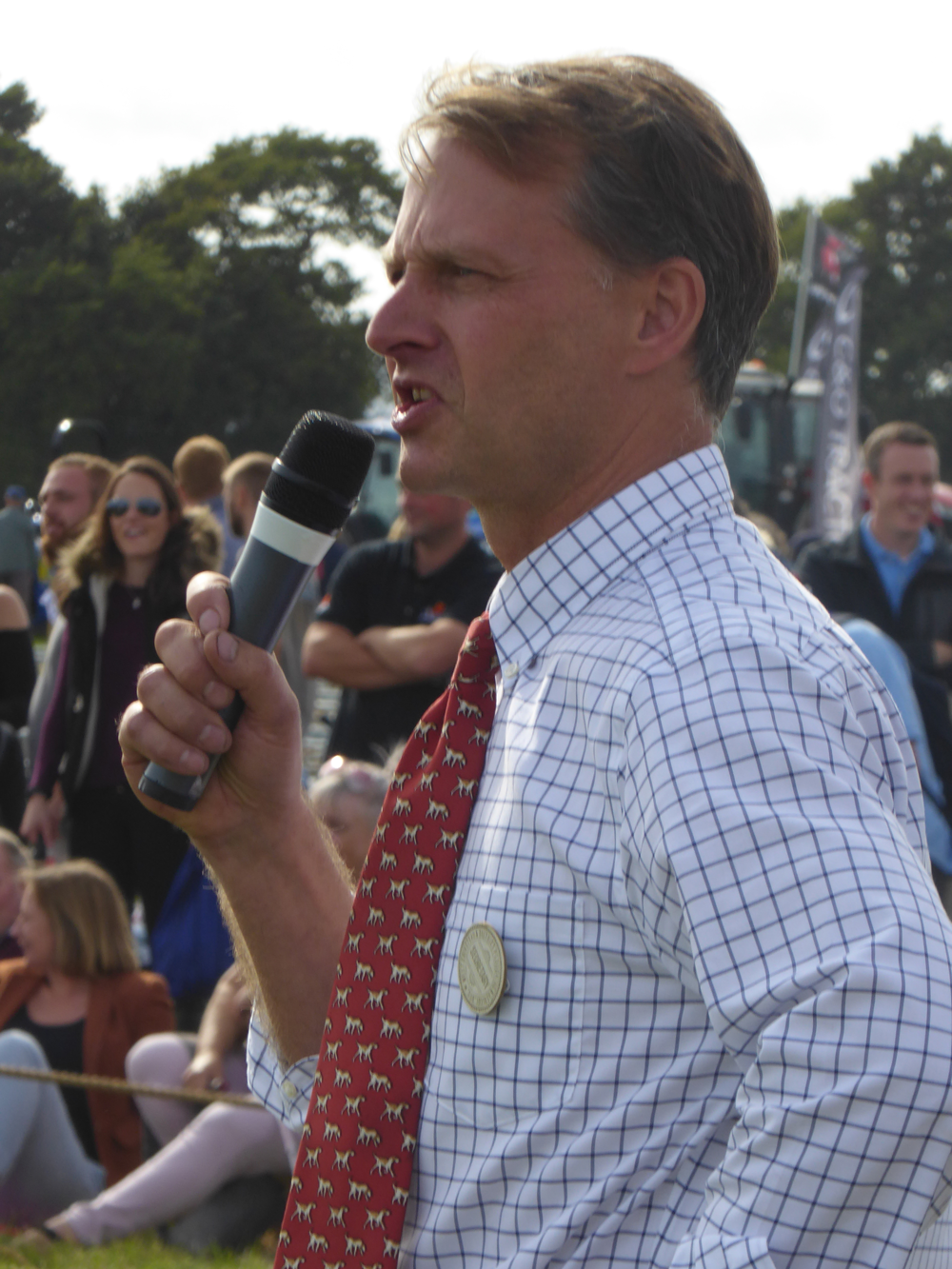
The West Grinstead Annual Plough Match and agricultural show celebrates the work of our farmers and their important contribution, through their stewardship of the countryside, to our county’s rural landscape. At the heart of the Society which runs it is its Honorary Secretary Rowan Allan of H. J. Burt, Steyning. He has spent his life celebrating and professionally supporting the work and life of the countryside. Stunning summer weather brought record crowds to their 150th Anniversary Plough Match at Priors Byne Farm at Partridge Green hosted by John and Alison Ford.
Andrew Bernardi continues to bless our county with the Shipley Arts Festival. Its concerts are celebrated nationally and take place in venues here in the heart of Sussex. Andrew’s work with the young musicians of our county is inspirational.
At Toovey’s we gathered people at our specialist auctions, in person and online as circumstances allowed. Prices at the auctions continued to rise throughout 2021.
Despite the rise of Omicron I feel optimistic about the coming year and like all of us working in the arts and heritage sector I look forward to welcoming you in person or online.
It remains for me to wish you and those you love a Happy New Year.
